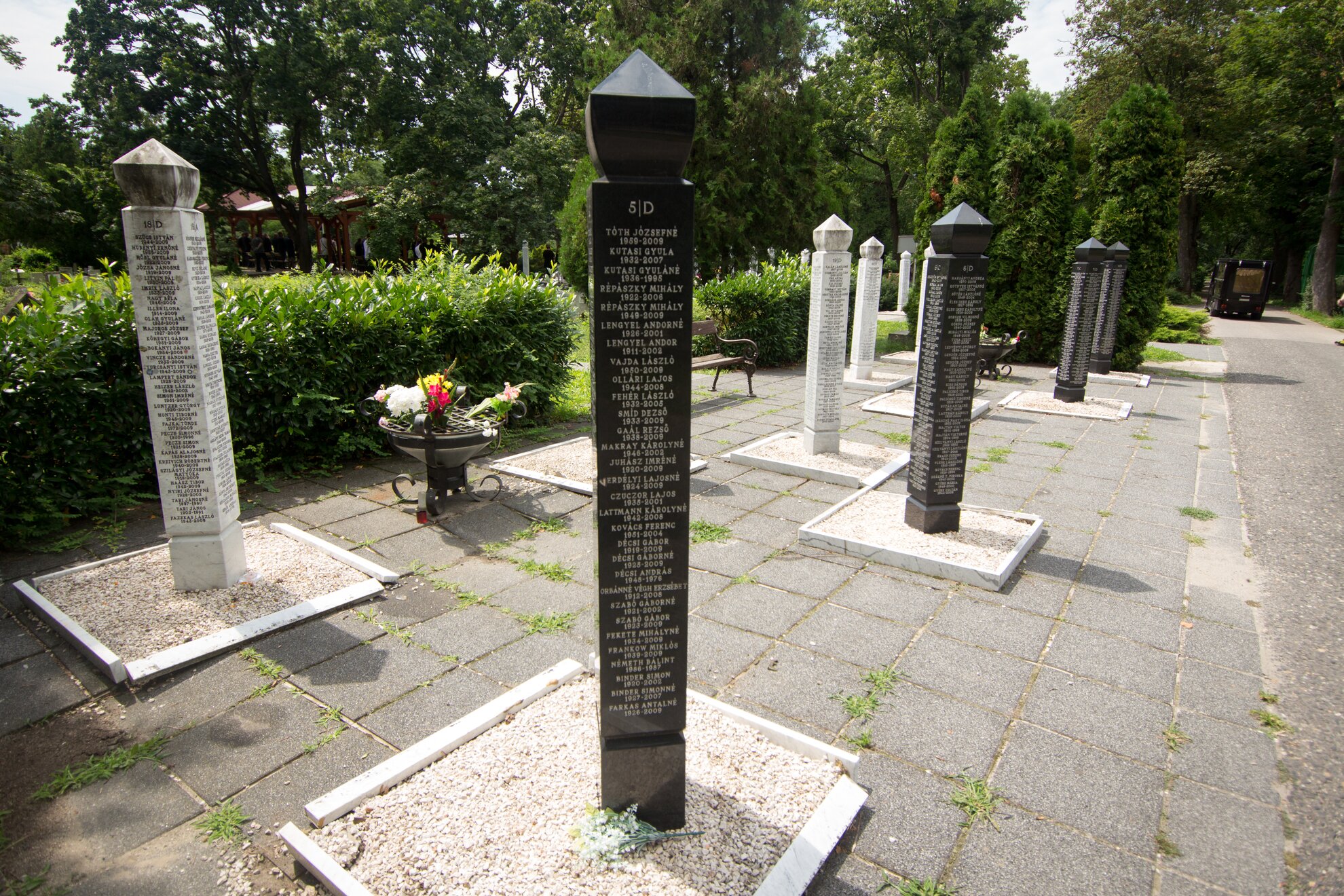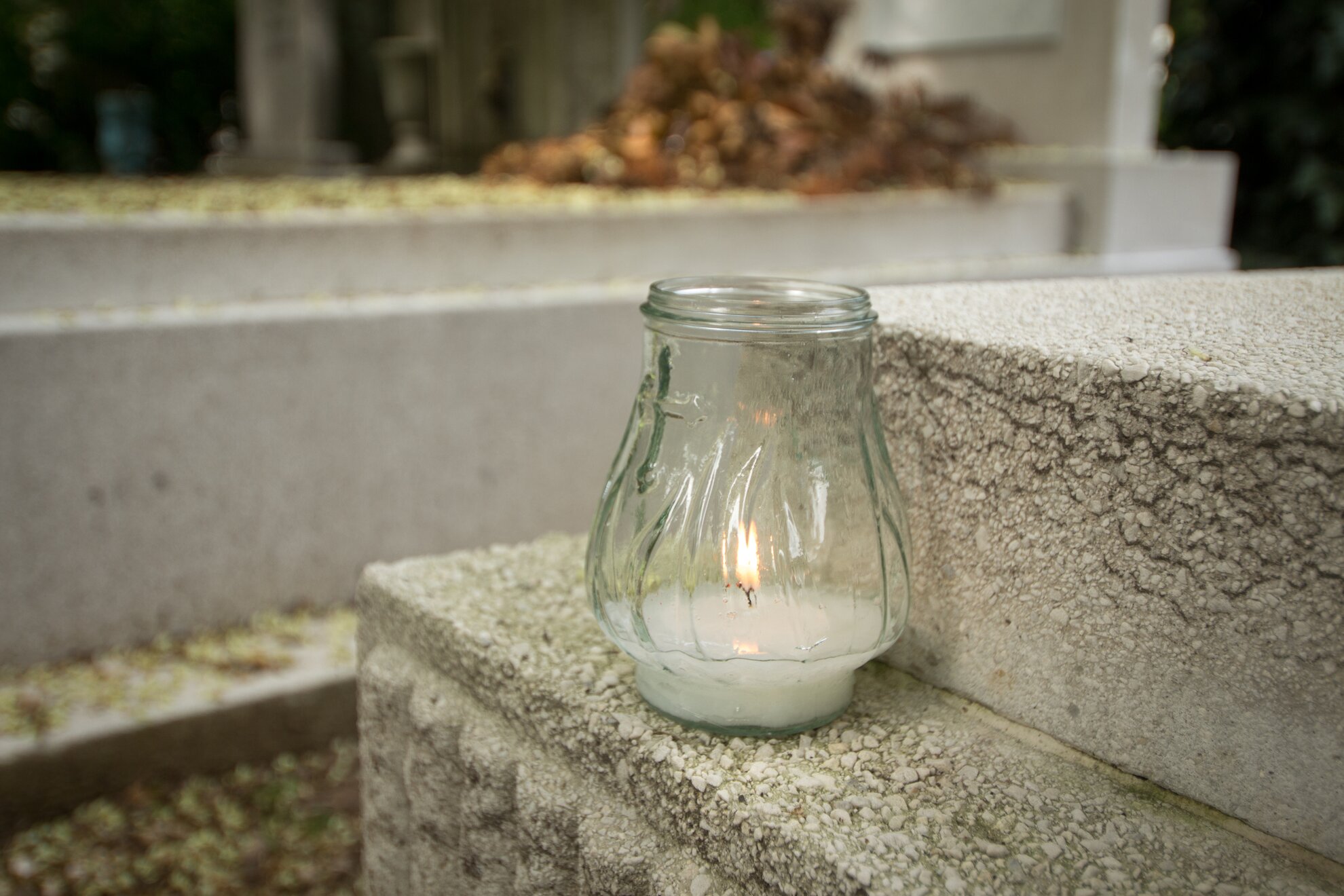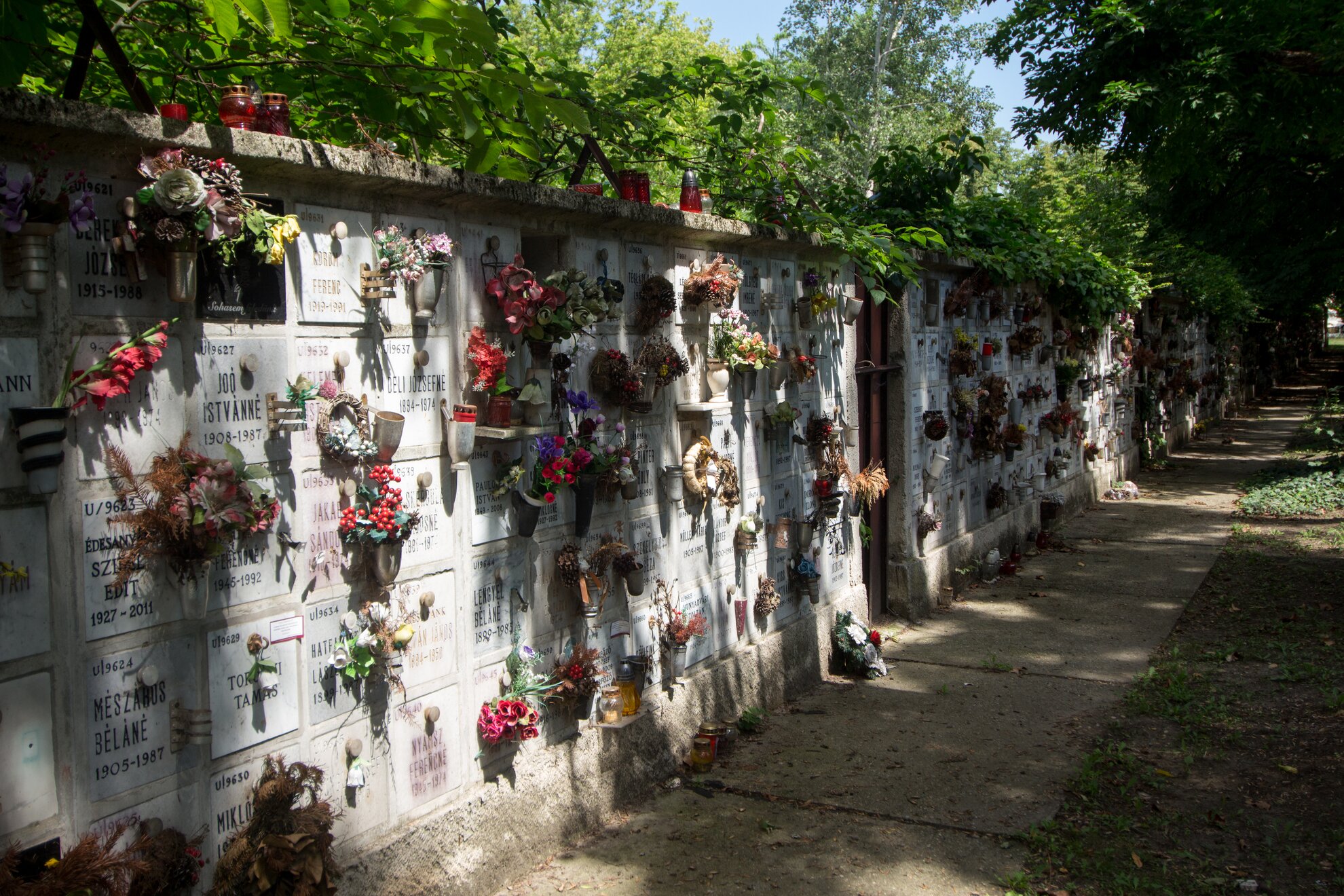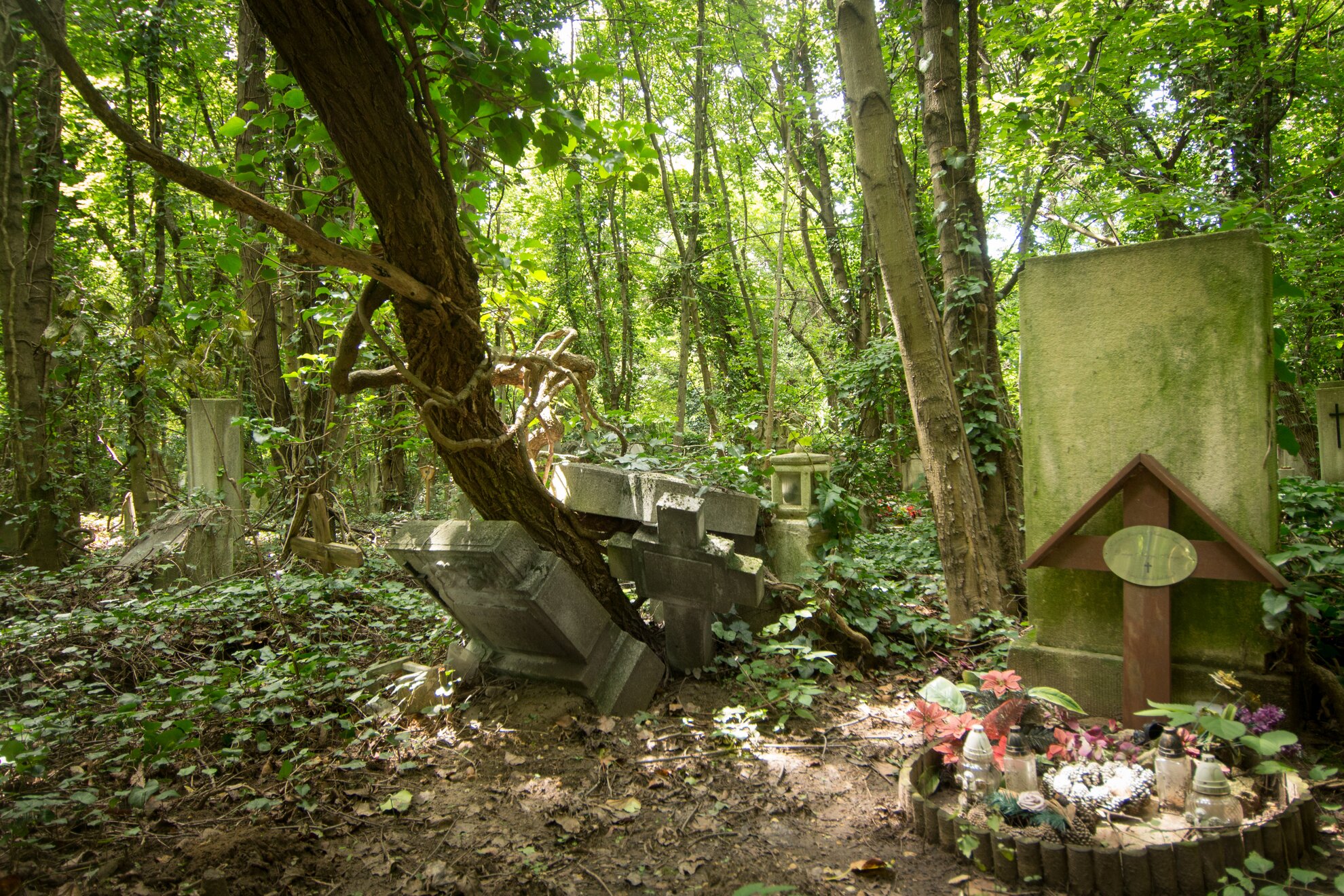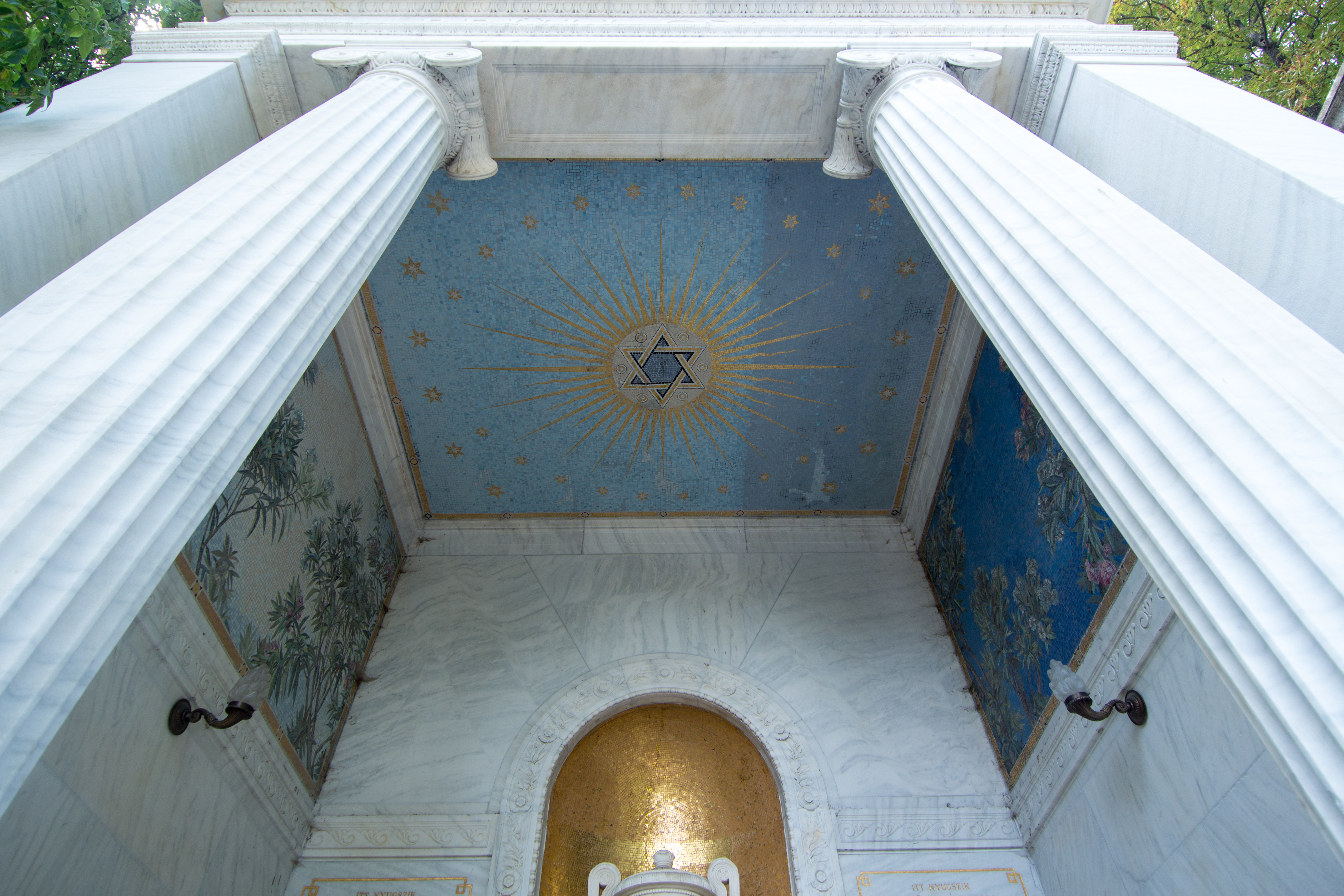Budapest Jewish Cemetery
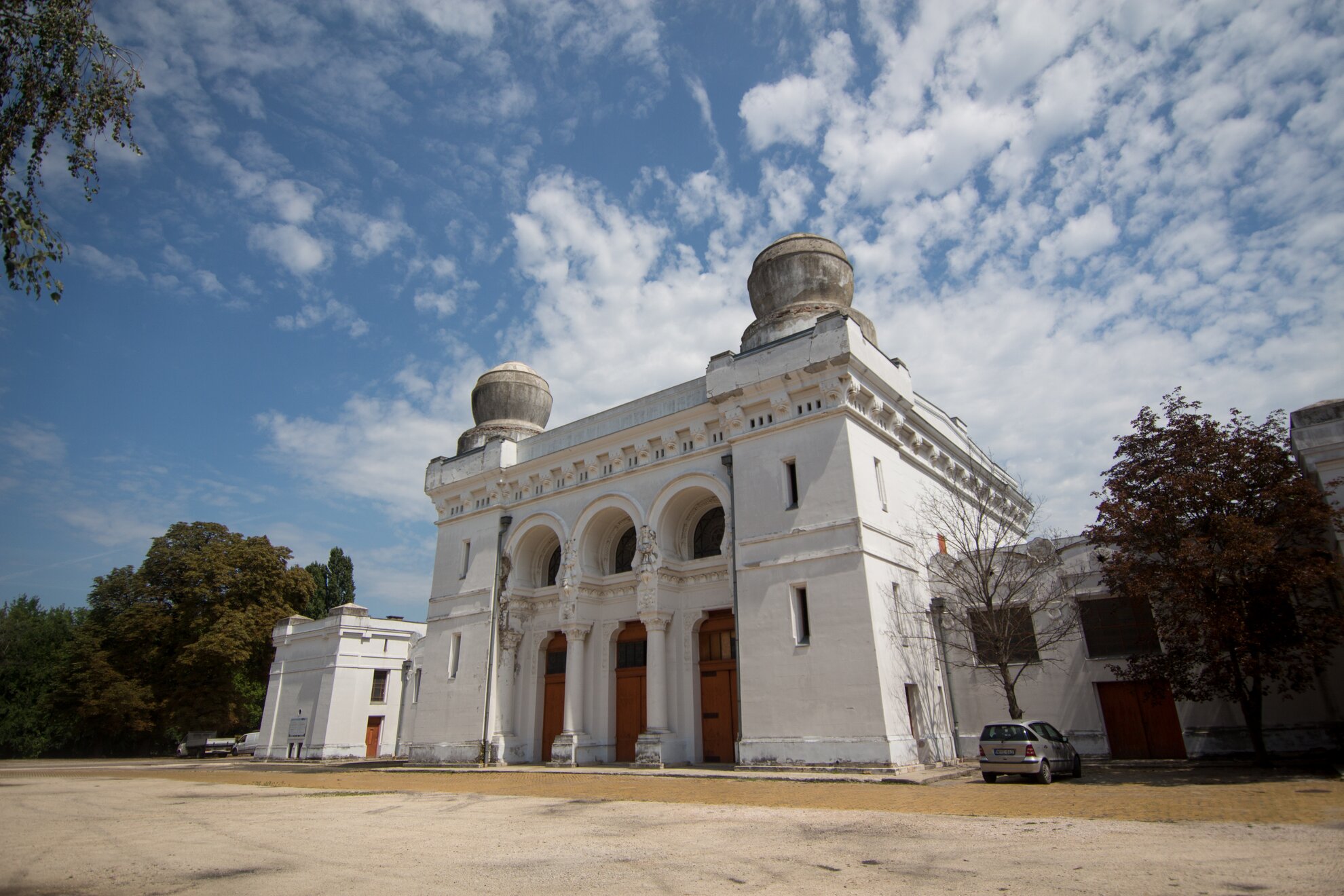
The Budapest Jewish Cemetery at Kozma Street was established in 1891 as a “majestic, green architectural and historical landmark.” The cemetery bears witness to a vibrant, tumultuous past. Bodies once thrown in mass graves have been recovered, and reburied here with dignity. Along the edge of the cemetery wall, stately mausoleums are filled with intricate mosaics and small stained-glass windows.
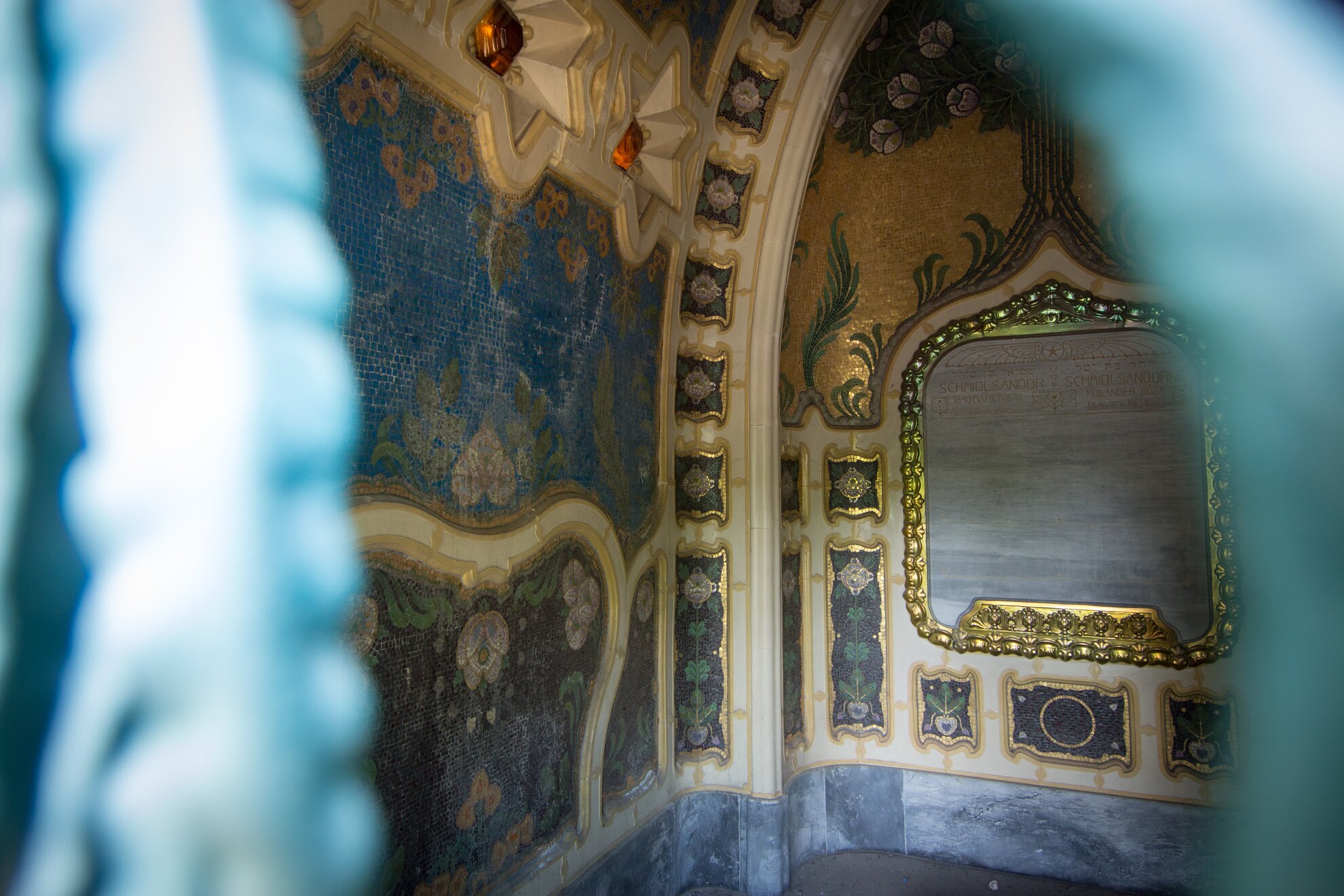
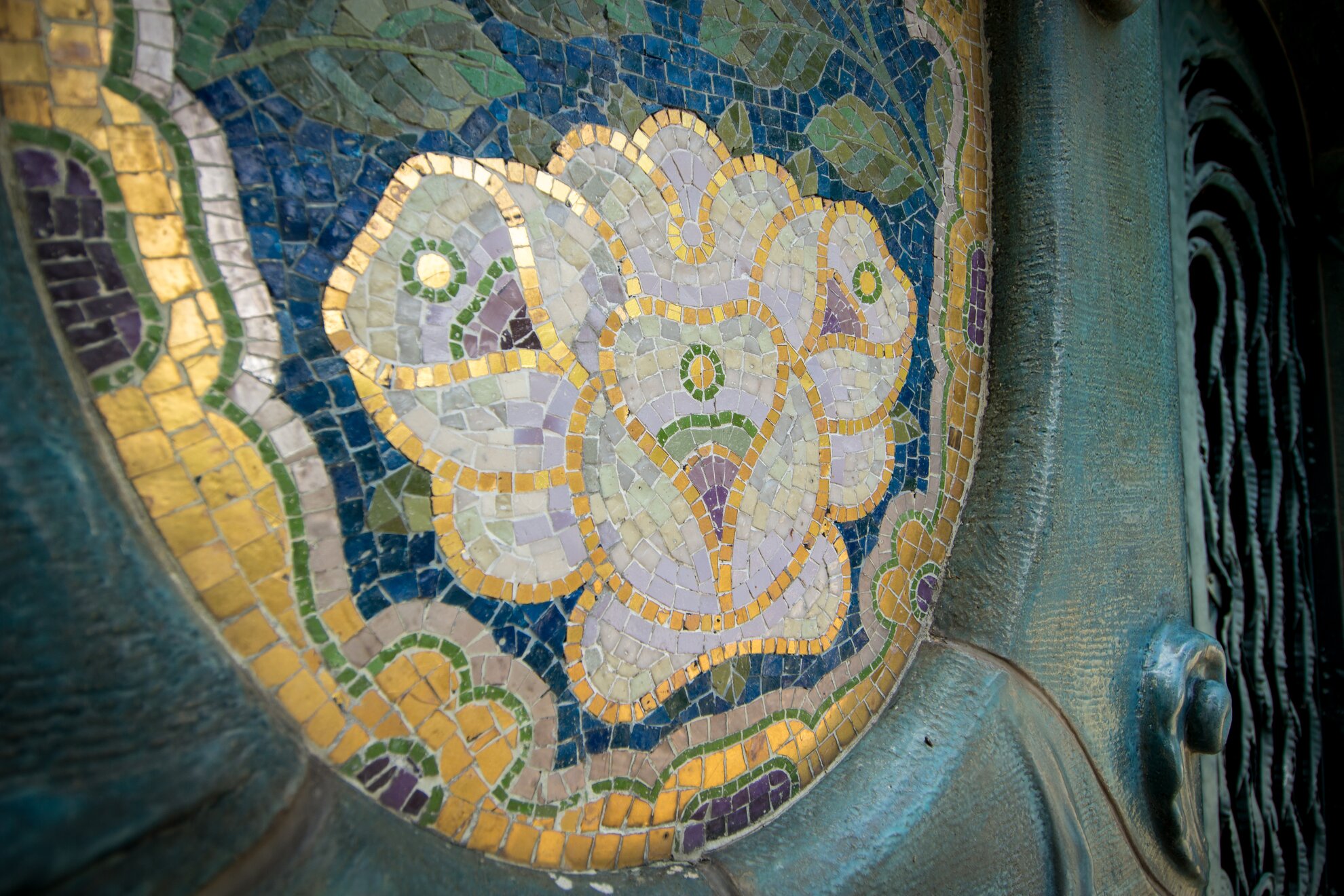
With a declining Jewish population following the Holocaust, the cemetery has fallen into disrepair, and many of the tombs are overrun with trees, shrubs and ivy. Restoration is desperately being advocated by the Friends of the Budapest Jewish Cemetery association. Family members can hire the group to clean and restore graves of their loved ones, and donations are being accepted to maintain the ageing cemetery.
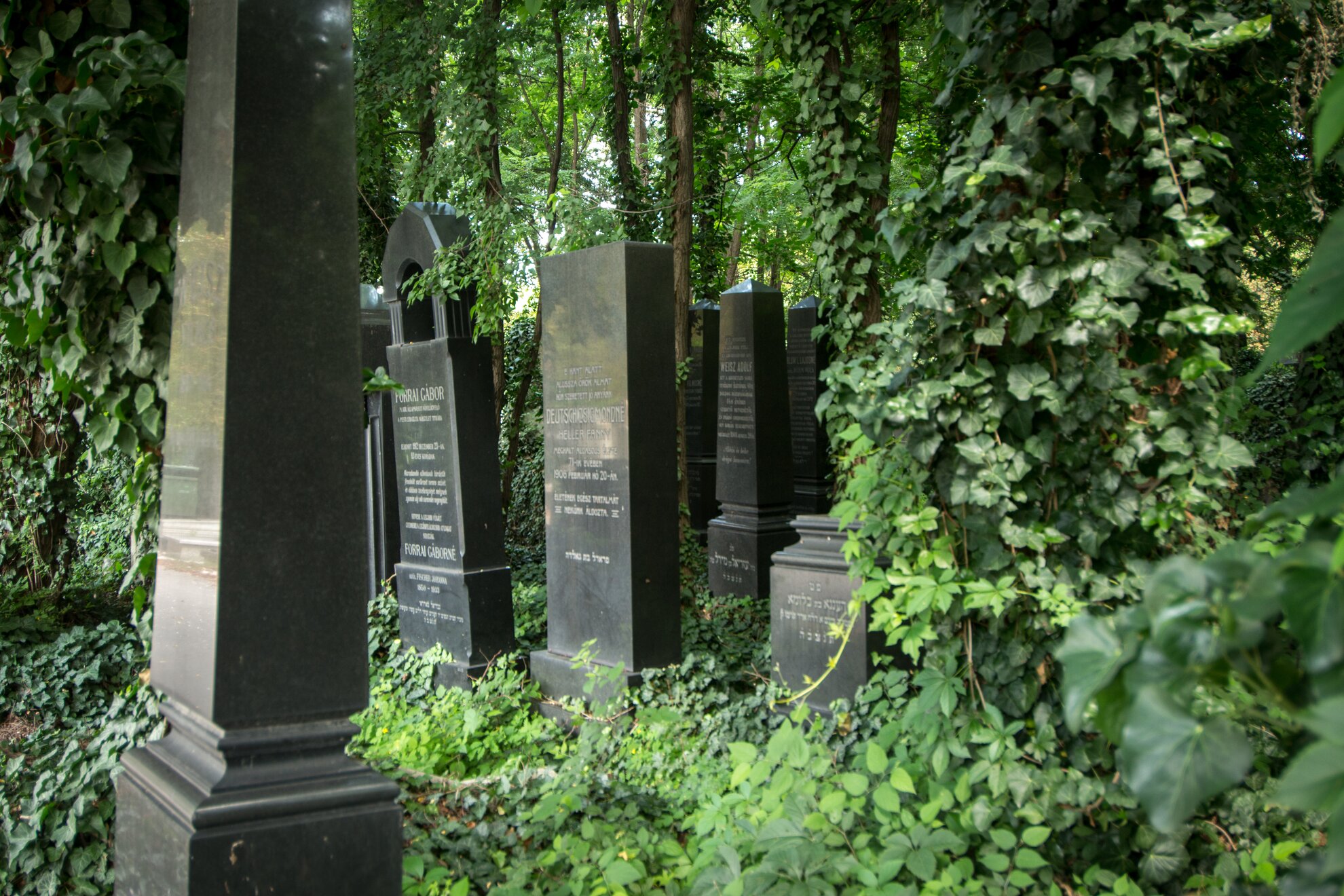
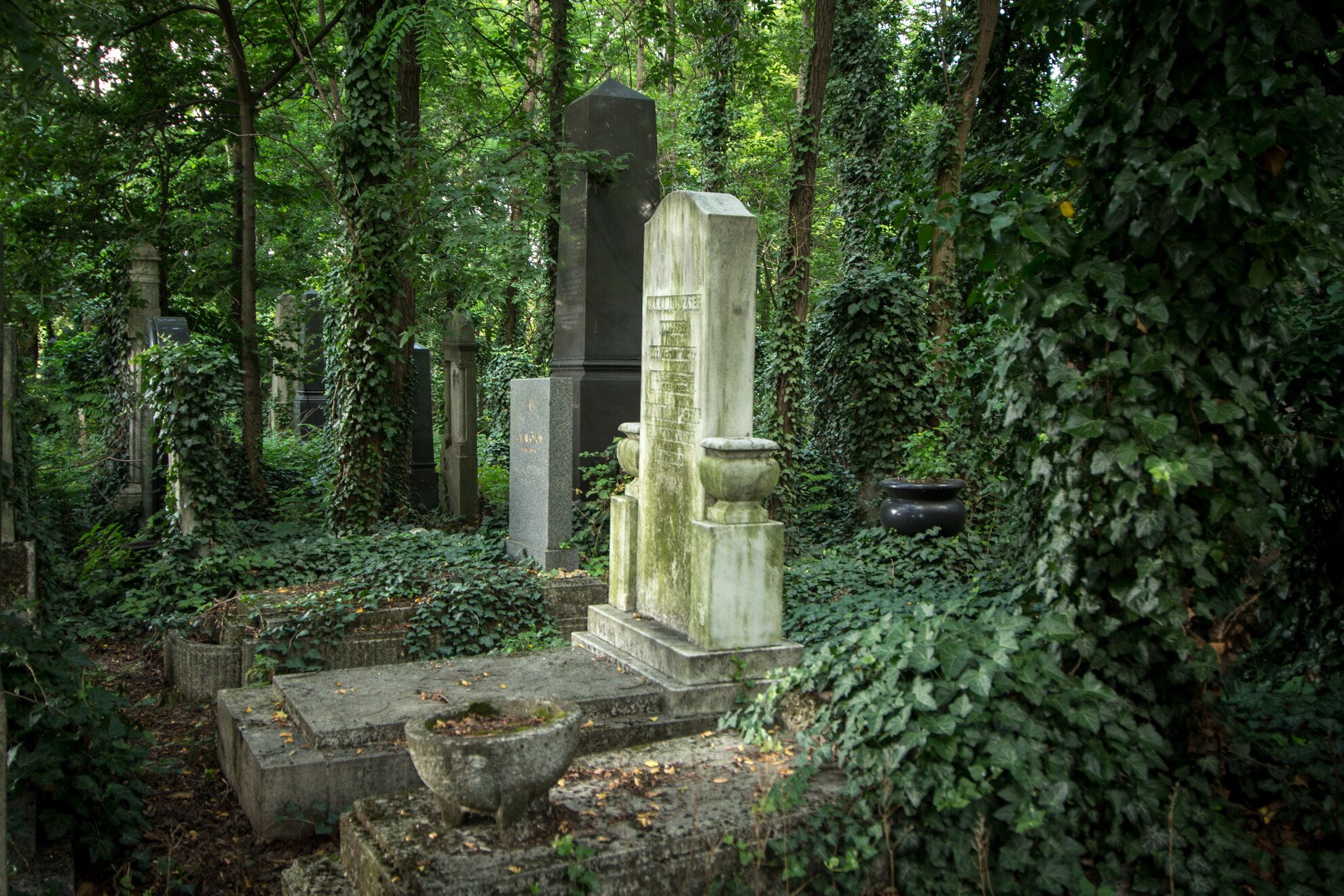
On their website, the Friends describe the cemetery, saying, “Today, much of this treasure lies deep beneath a thick layer of shrubbery, like a lost city with a secret garden, waiting to be rediscovered…”
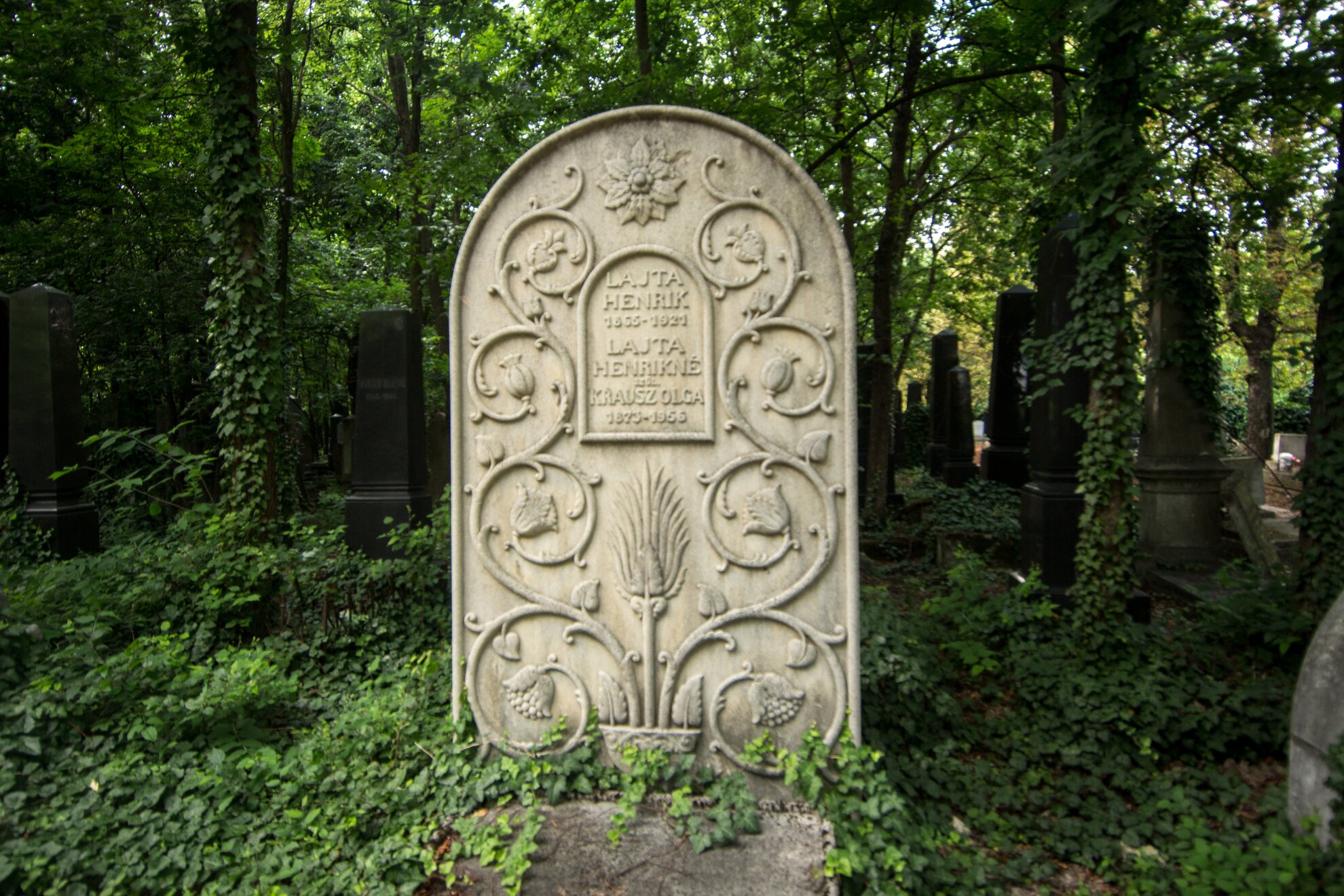
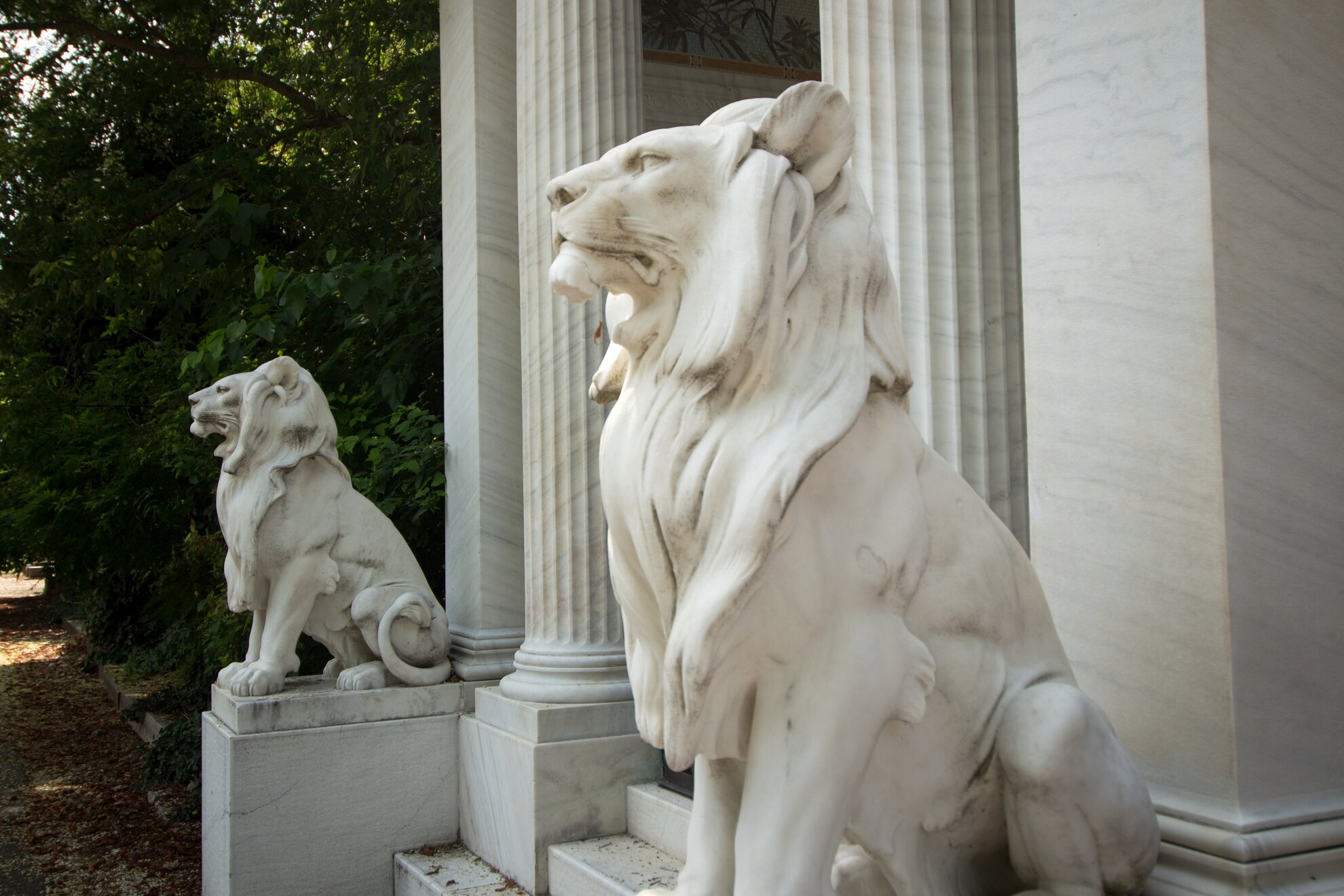
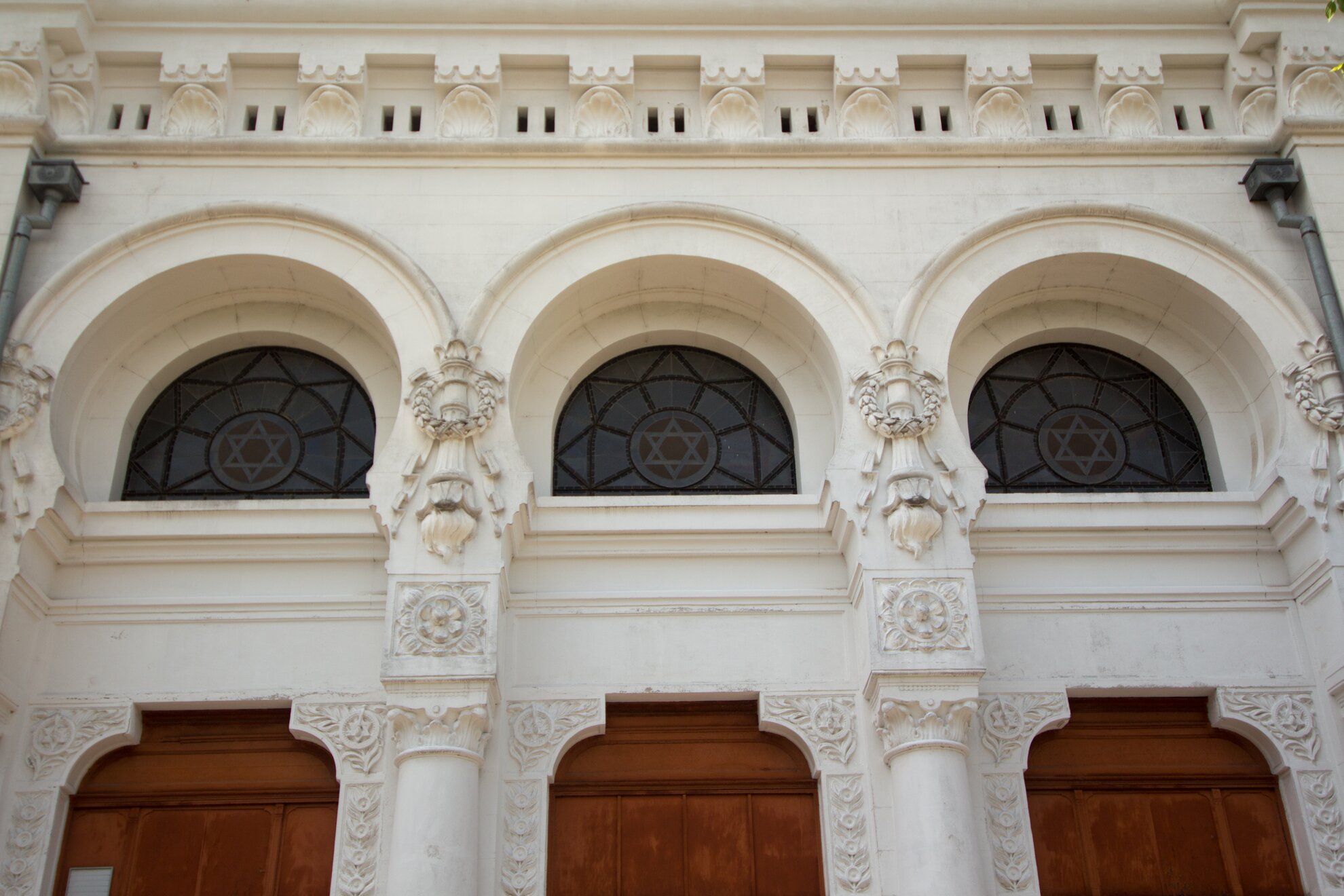
The Jewish practice of leaving stones on a grave can also be seen here, the origin of which has many theories. Some say the stones were placed on graves to keep the soul of the deceased here on earth, a comfort to the mourning family members who didn’t want their loved ones to leave. Others claim that the stones warned the ancient Jewish priests (kohanim) to stay away, as they would become impure if passing within four feet of a corpse. Still others are more practical, pointing out that stones last longer than flowers, and so the sentiment can be seen and appreciated for years to come.
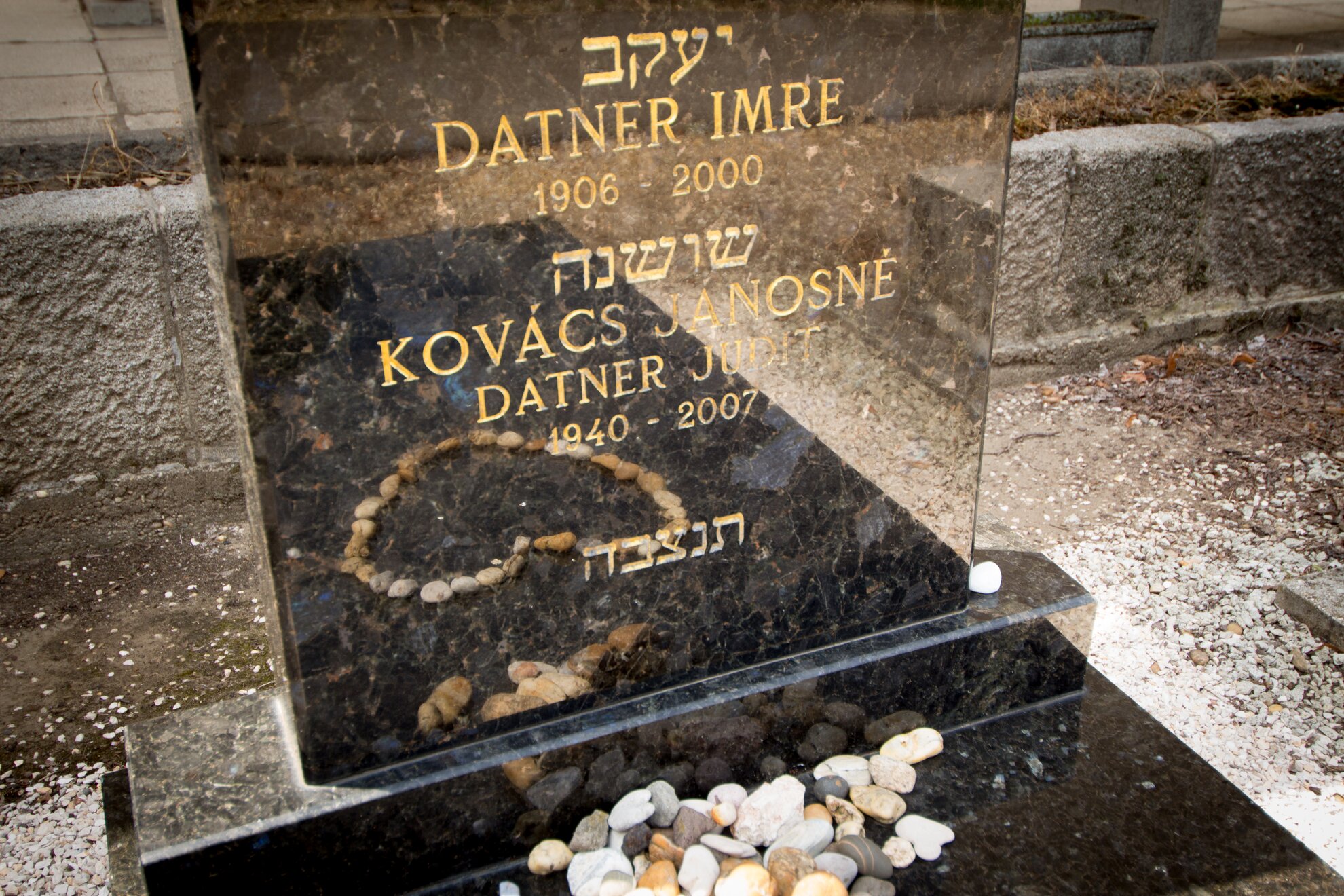
The cemetery can be visited free of charge, and is a peaceful, green escape from the city. More information can be found online.
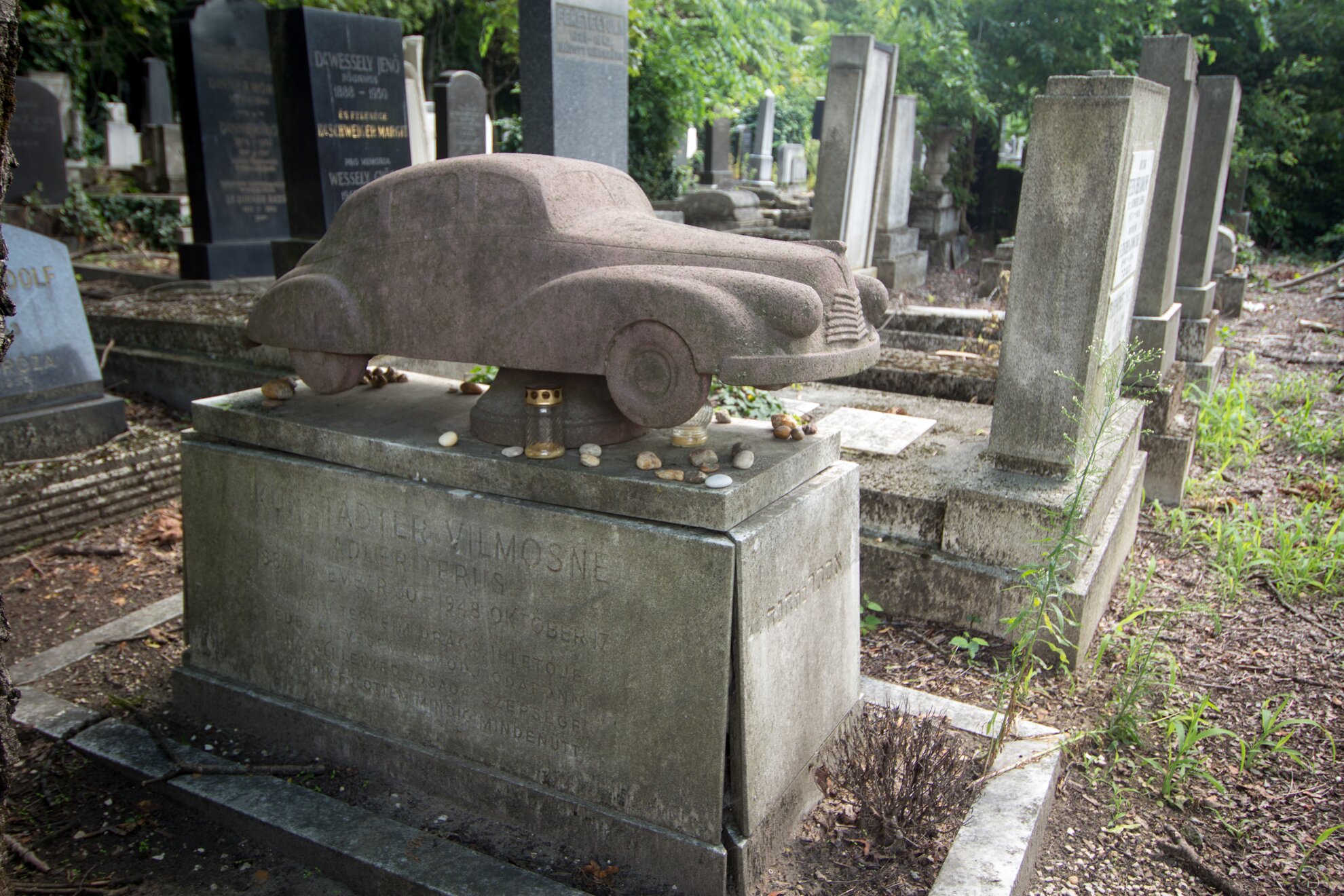
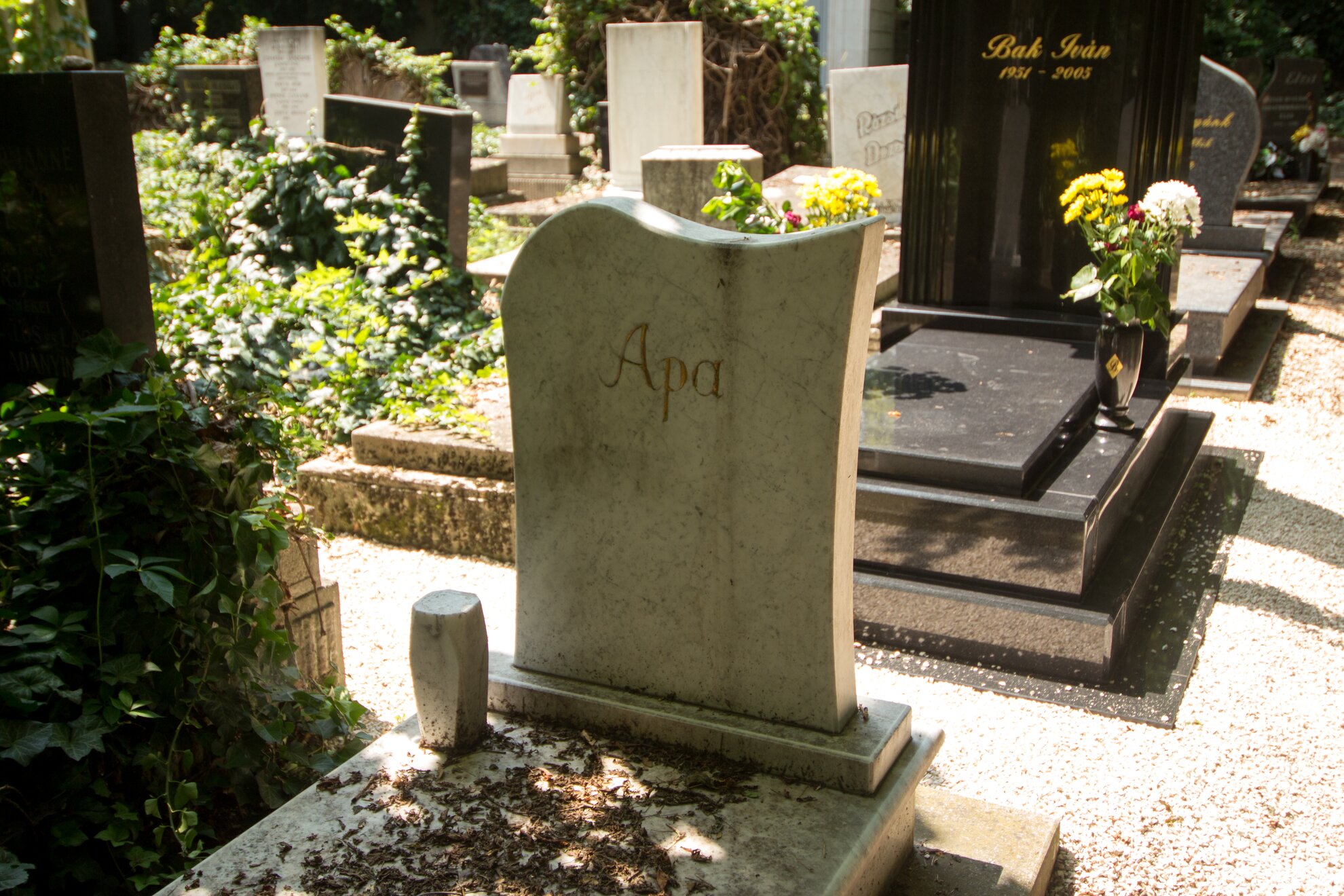
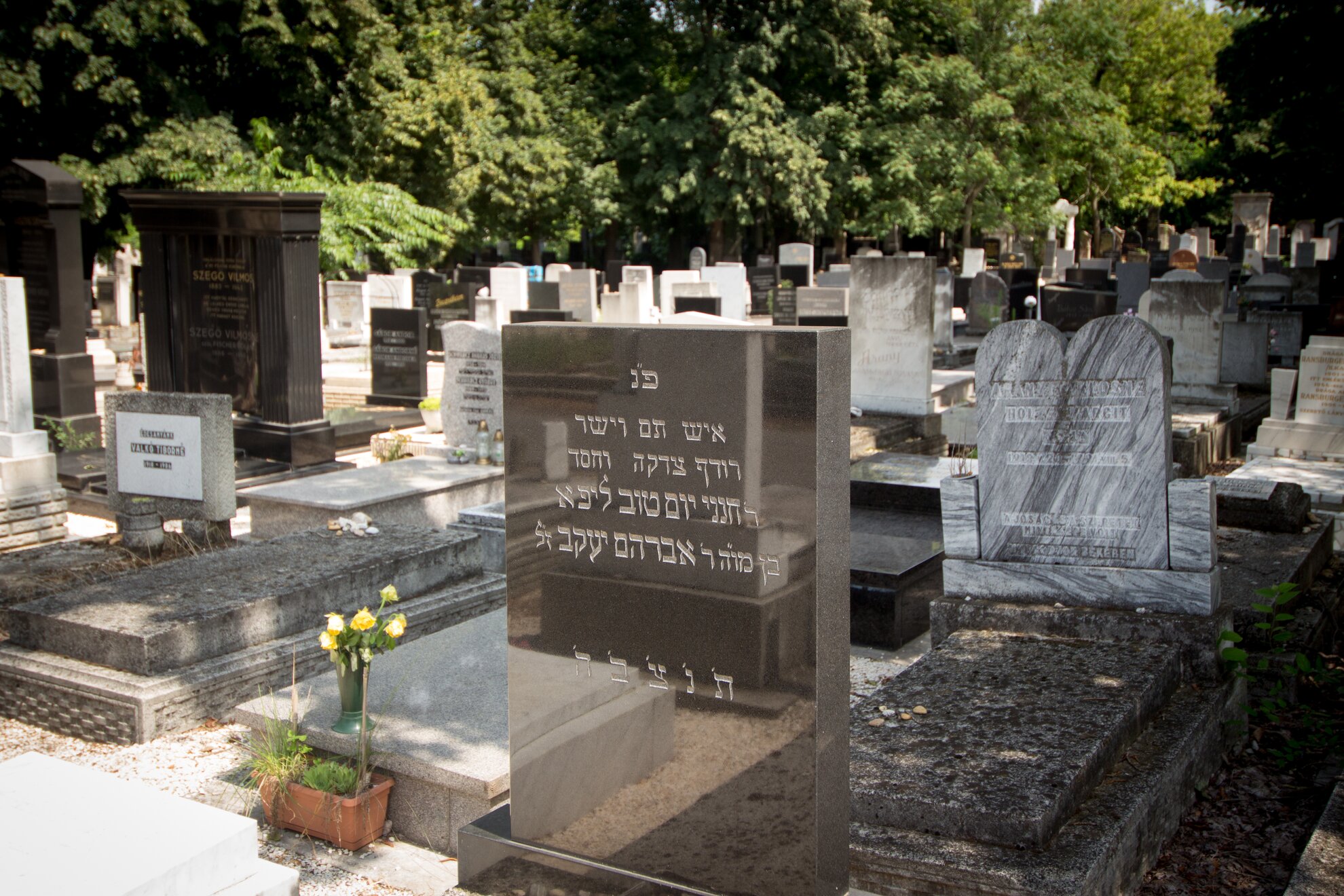
New Public Cemetery
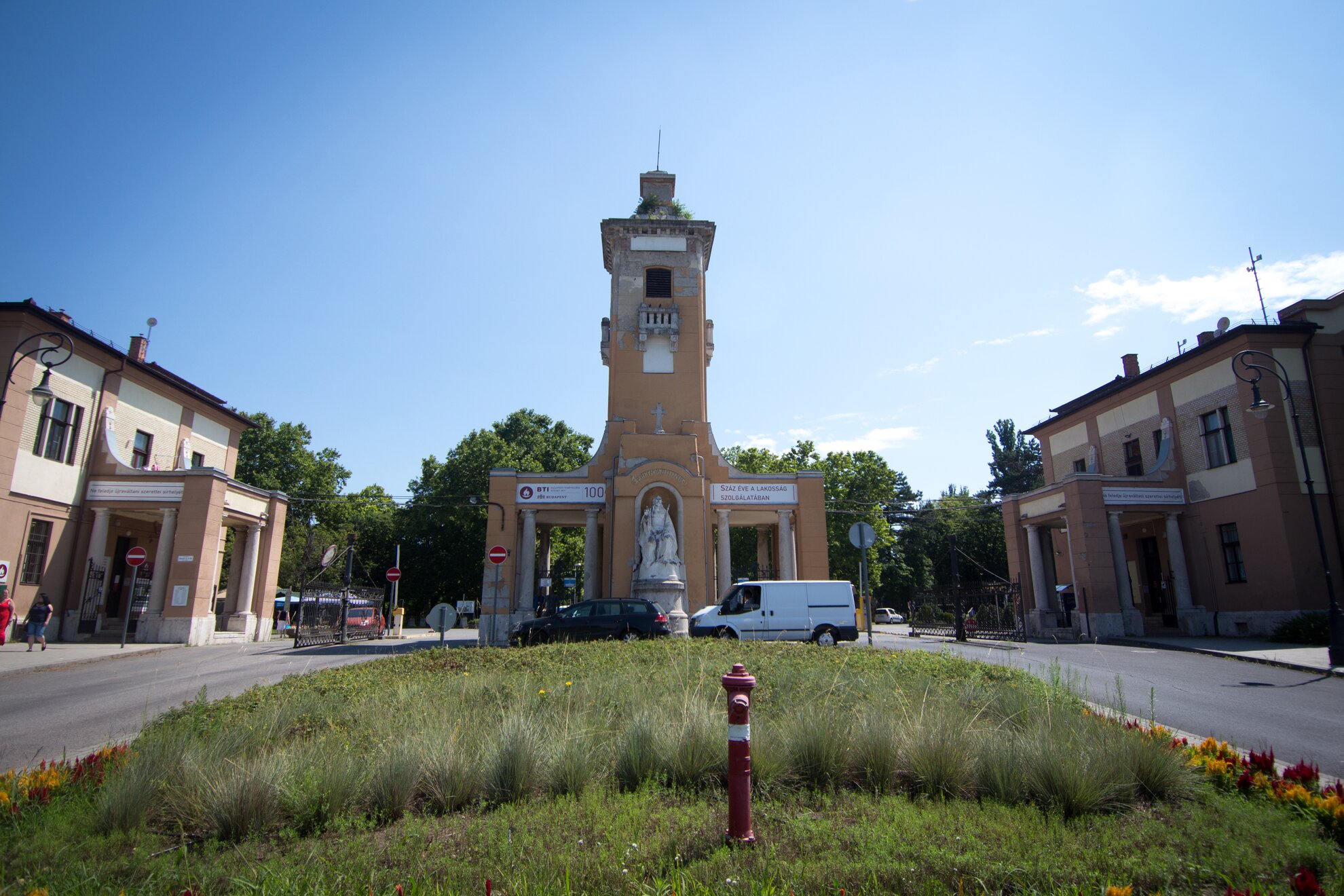
Just down the road, the New Public Cemetery is one of the largest cemeteries in Europe. Over three million people have been buried here since 1886! The cemetery is truly huge, and houses many famous Hungarians, including the martyrs of the 1956 Revolution.
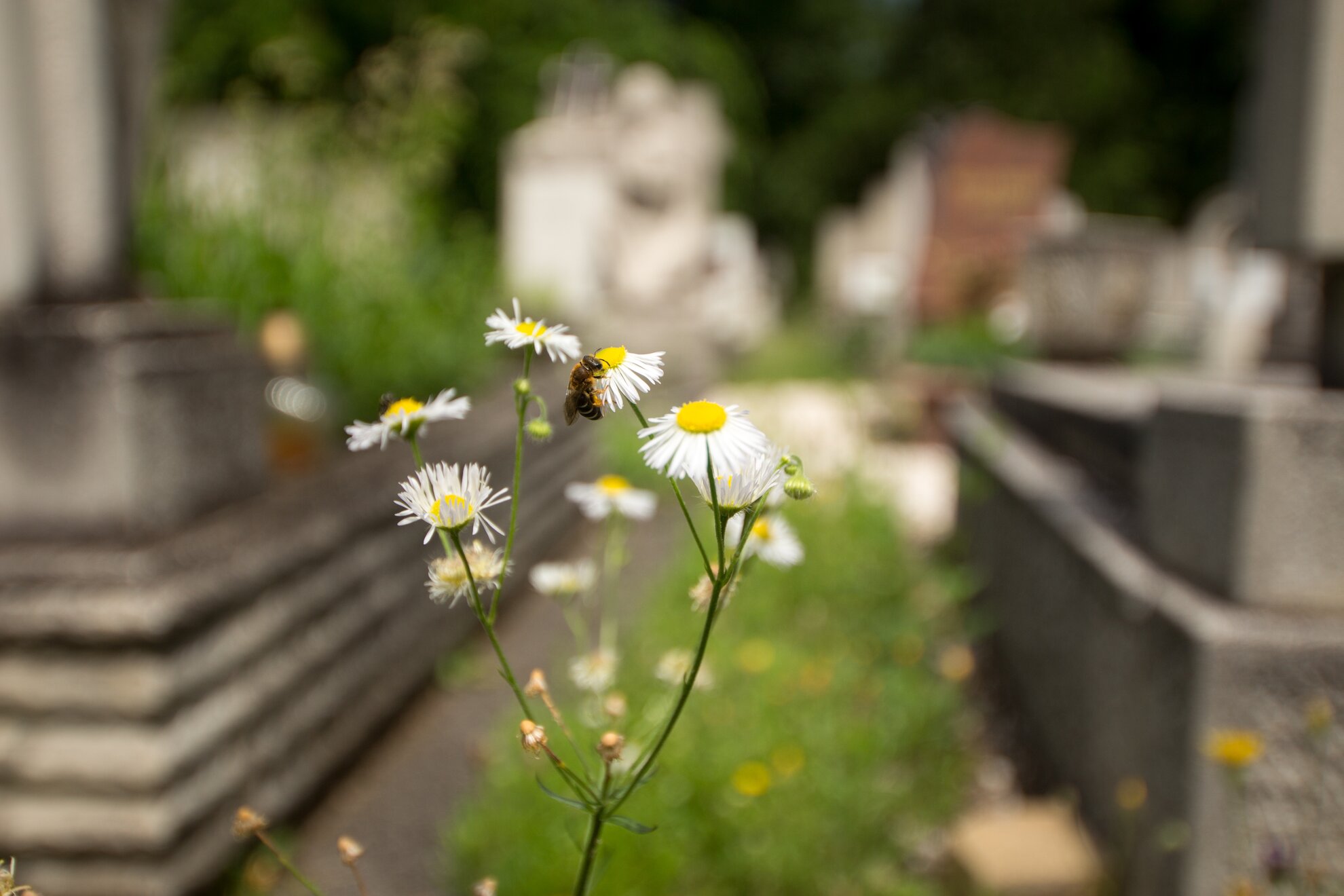
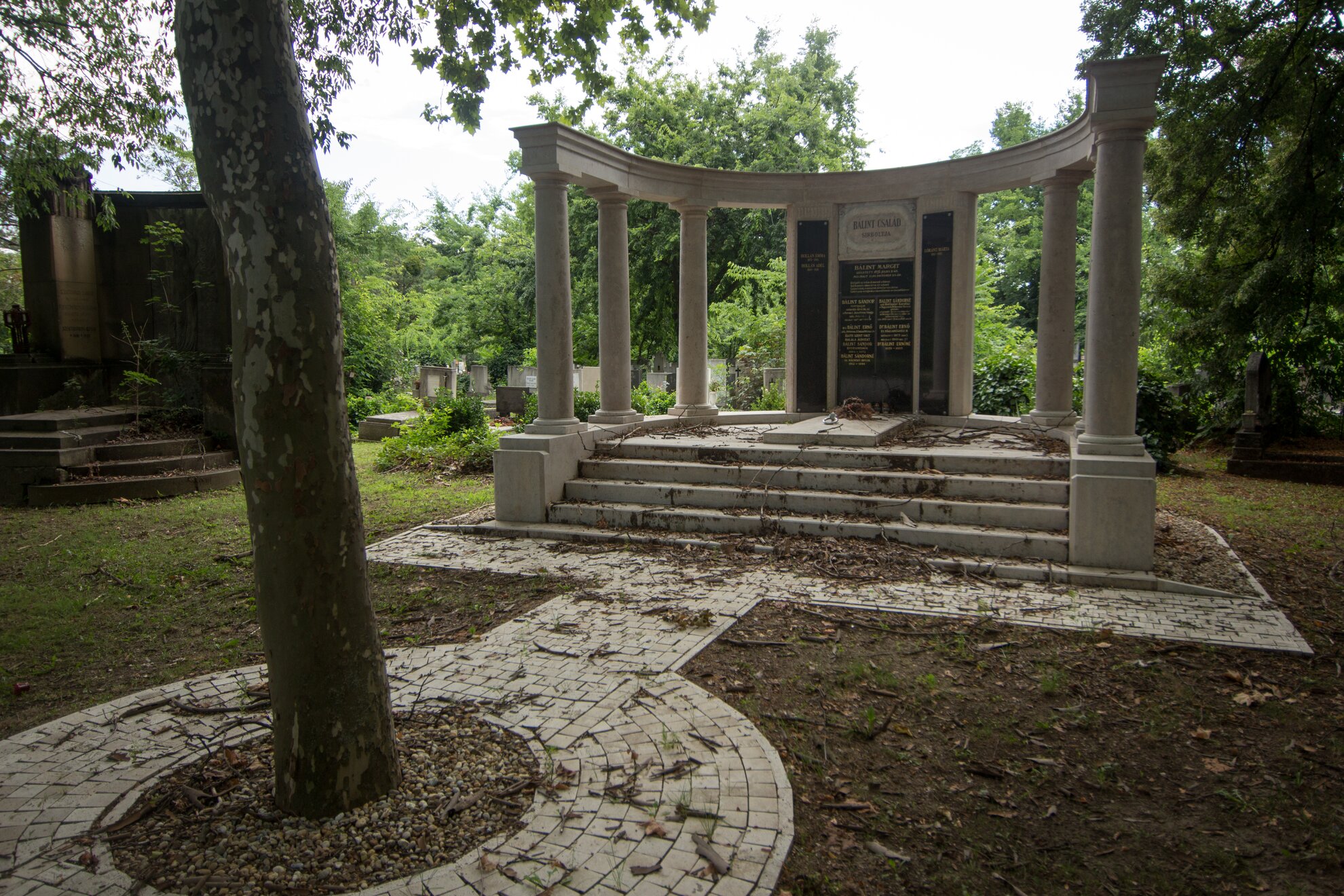
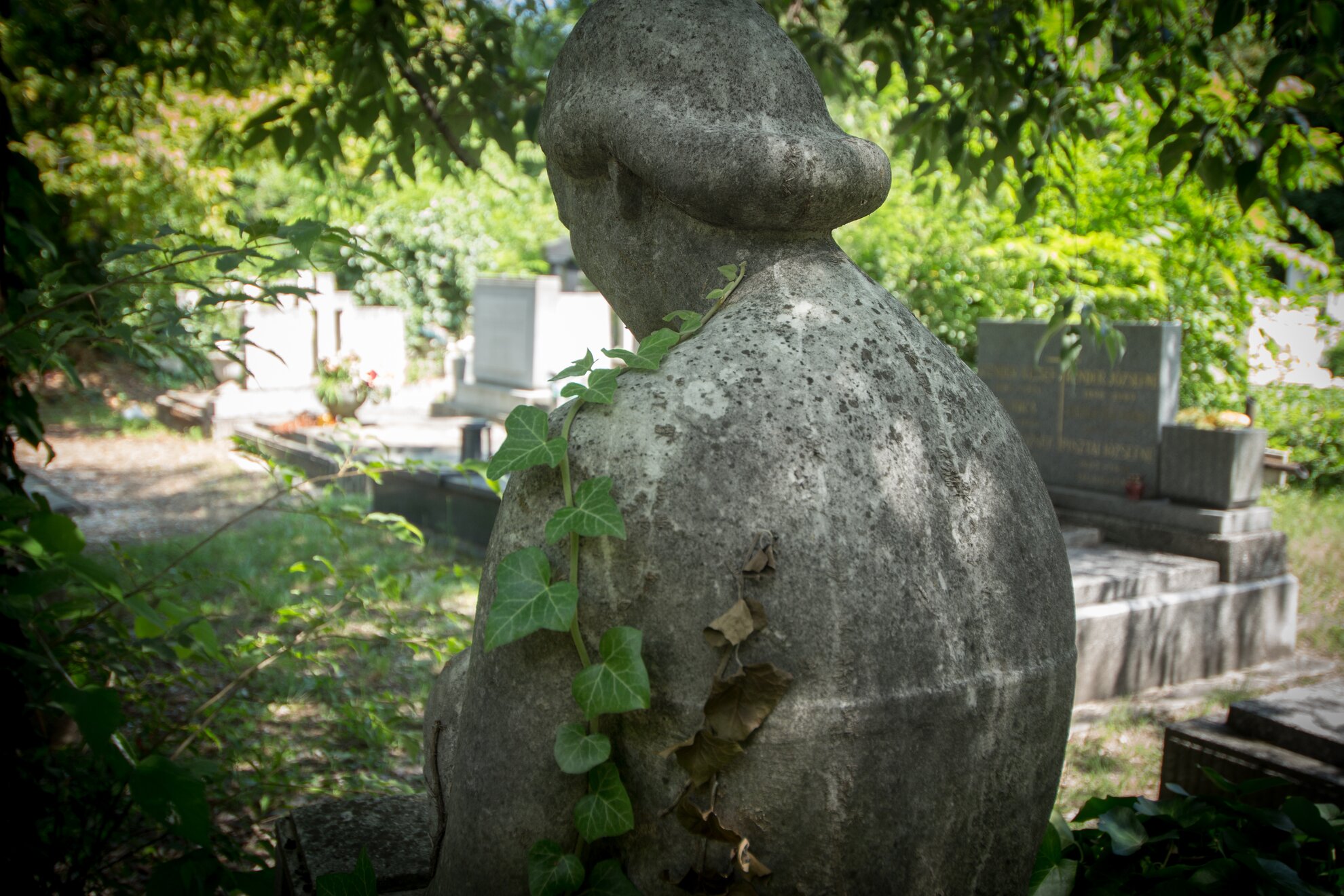
Given the size of the cemetery, it’s advisable to ask for a map at the entrance – the porters have paper copies available. Unfortunately the famous burials are not listed on the map. Nonetheless, it is a spectacular area to visit, and a very real memory of the many people who once called Budapest their home.
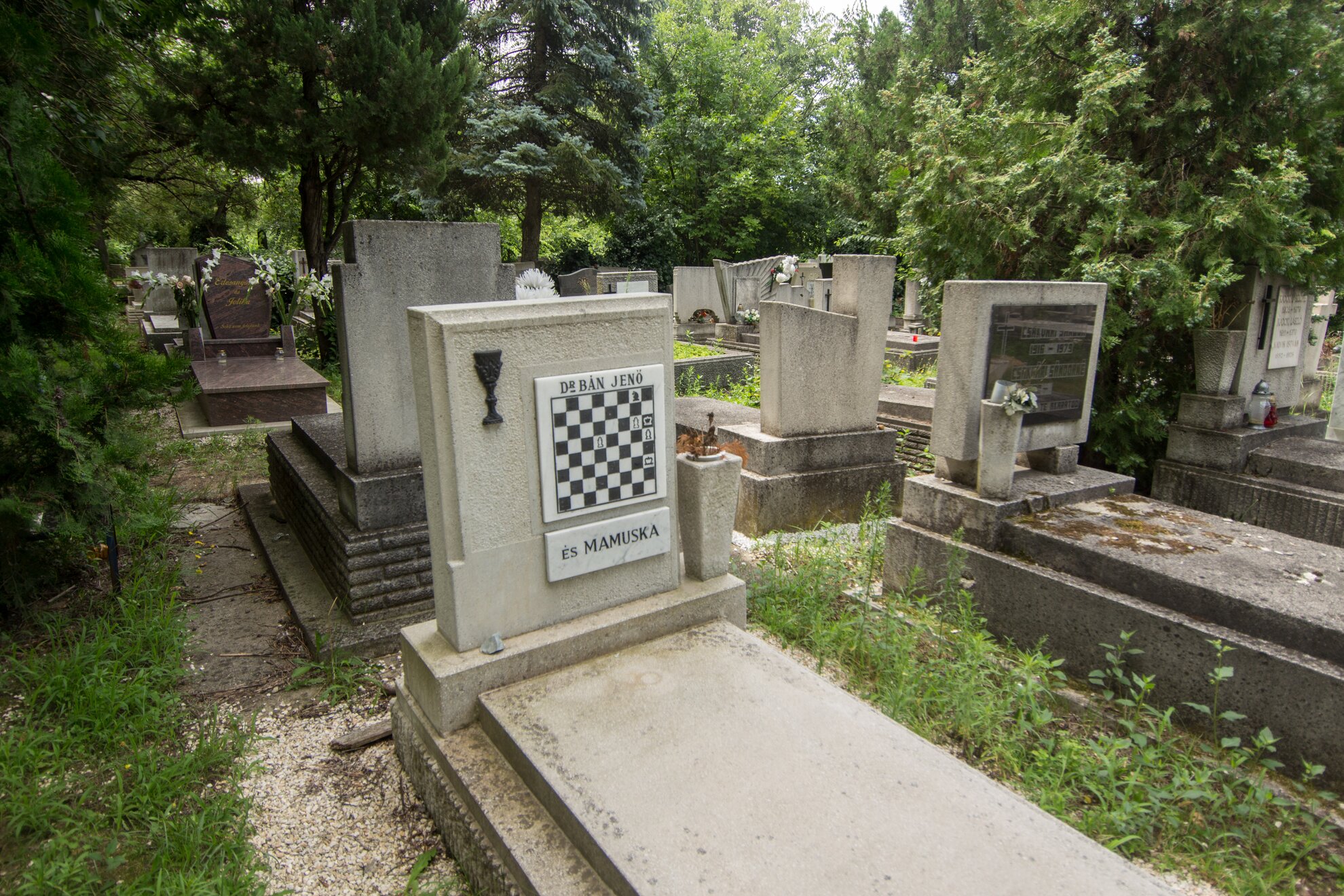
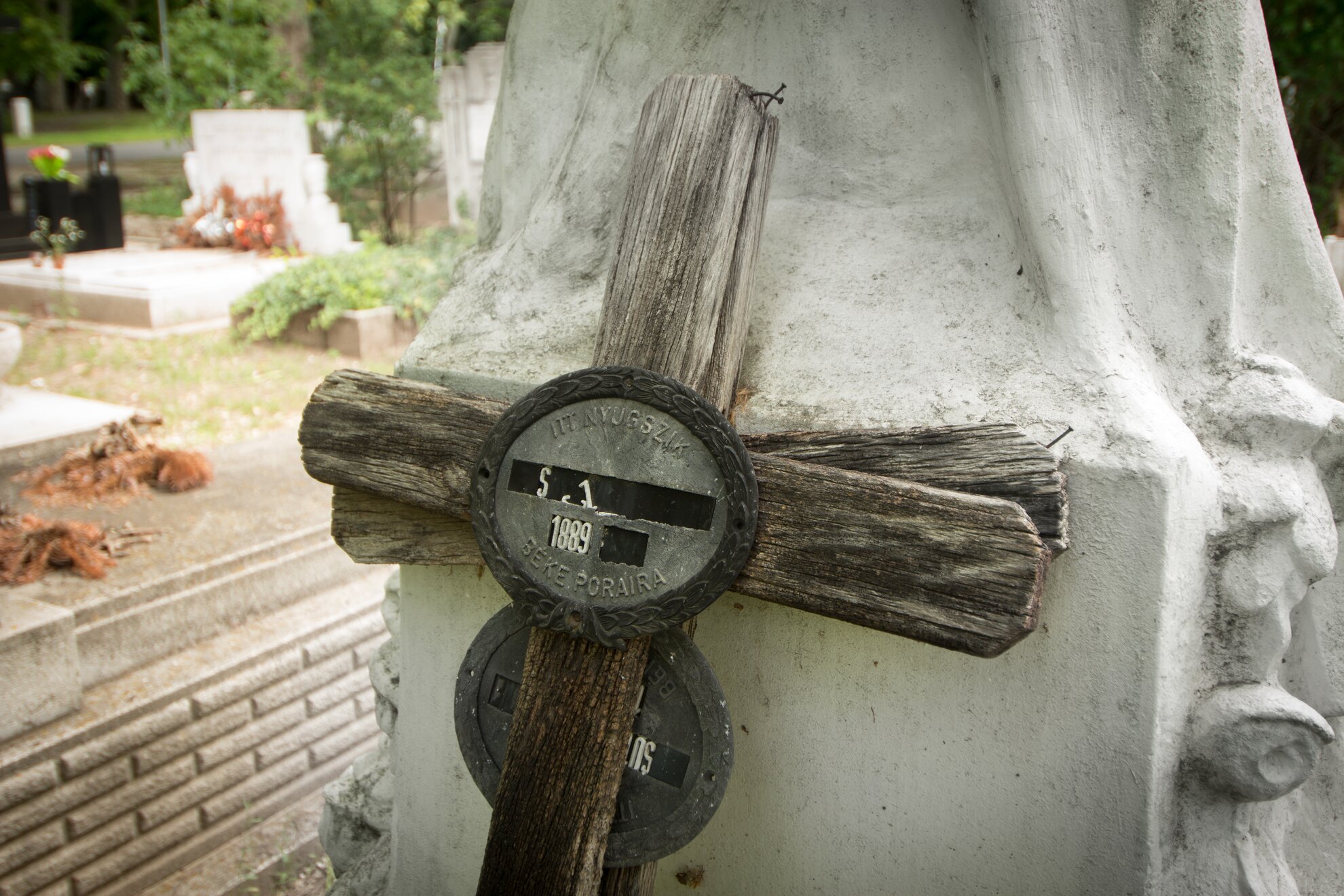
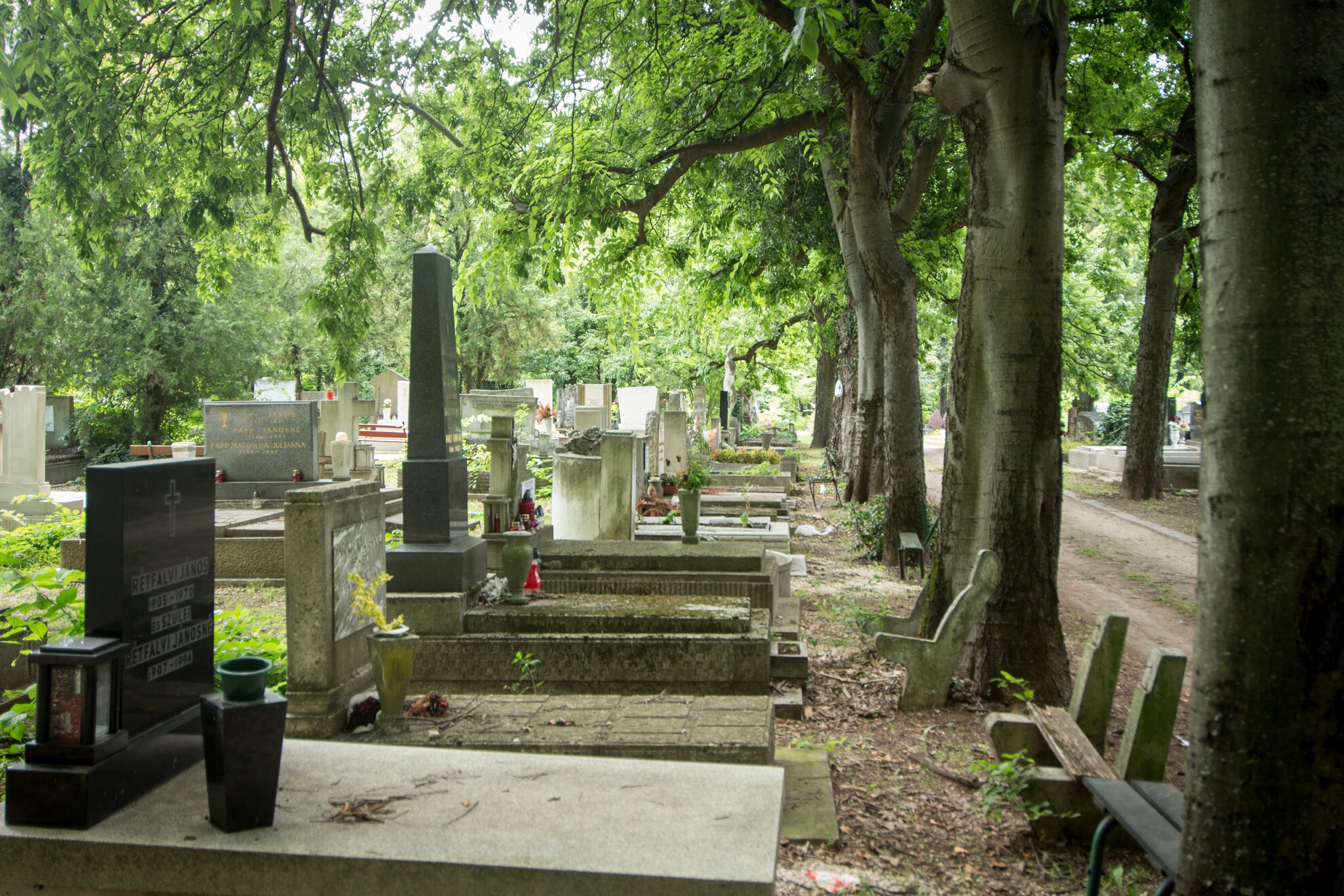
It is also important to remember that this cemetery is still actively used by the residents of Budapest today, so it is important to remain respectful while visiting.
More information can be found online.
